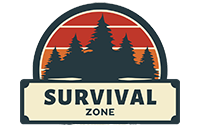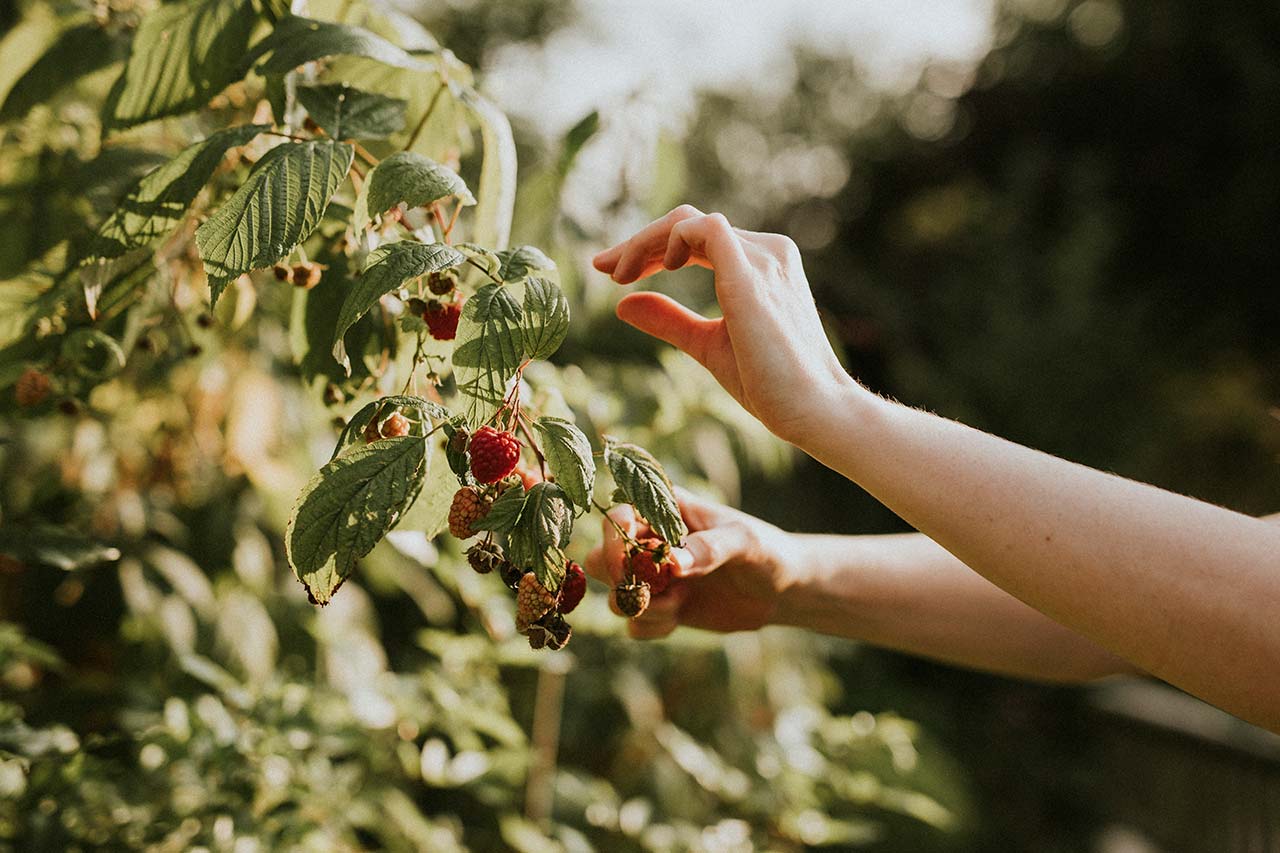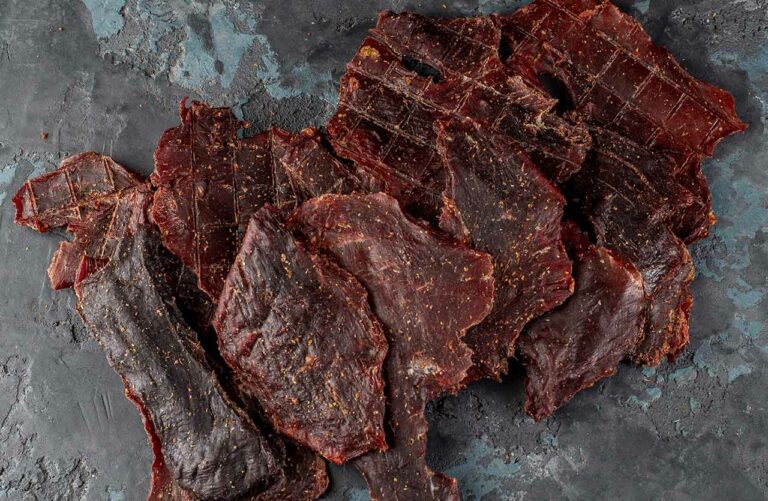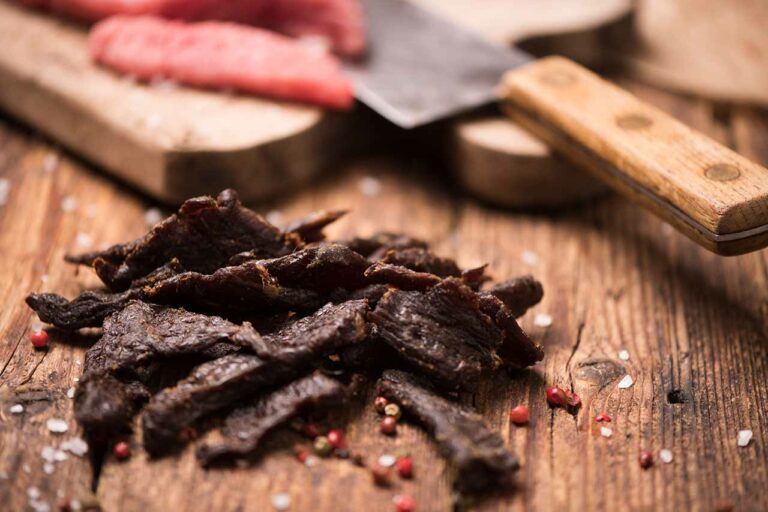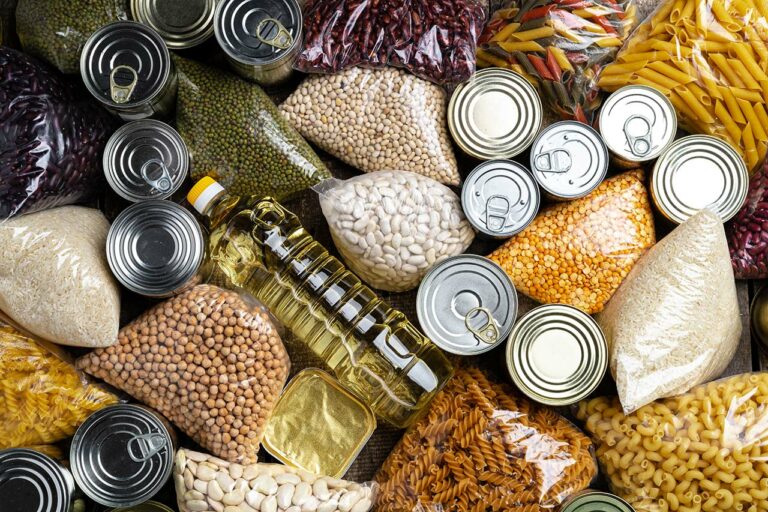What Can You Eat In The Wild: A Concise Guide To Foraging
Heading into the wild can be an exciting adventure, but it’s essential to know how to forage for food in case you ever find yourself in a survival situation. Nature offers an abundance of edible plants, bugs, and fungi, if you know what’s safe to consume and what to avoid. When you’re out there, being able to recognize and harvest the right resources can make all the difference between staying nourished or going hungry, and even preventing accidental poisoning.
Familiarize yourself with common wild edibles in your region and commit their appearance to memory, so when you venture (or events force you) into the great outdoors, you’re well-prepared to find sustenance in nature.
Understanding the Basics of Foraging
Foraging is the act of searching for and gathering wild food resources. It can be a fun, sustainable way to connect with nature and supplement your diet with nutritious, organic ingredients. However, when foraging in the wild, it’s important to approach the process safely, responsibly, and with the right knowledge.
Before heading out to forage, it’s critical to do your research. Familiarize yourself with local plants and wildlife, as well as any laws or regulations governing foraging in your area. A good field guide can help you identify edible and inedible species, while online forums and social media groups can offer valuable insights from experienced foragers.
Consider taking a foraging class or joining a guided tour if you’re new to the activity. These experiences, led by experts, can help you learn firsthand how to correctly identify, sustainably harvest, and process wild foods. You’ll also have the chance to ask questions and receive personalized feedback on your foraging techniques.
In a survival situation, foraging can be an essential skill, but this is not the time to experiment. Stick to common, easily identifiable plants you’re familiar with to minimize potential hazards. Generally, some widely recognized edible plants include dandelion, clover, and wild berries, but ensure you know the specific species in your region.
Armed with the proper knowledge, guidance from experts, and a healthy respect for nature, you’ll be well-prepared to embark on your own foraging adventures.
Identifying Fruits in the Wild
Berries
When out in the wild, berries are plentiful, but it’s important to know which fruits are edible. Familiarize yourself with the common wild berries, such as blackberries, strawberries, blueberries, raspberries, elderberries, and gooseberries.
- Blackberries in the wild look much like those at a grocery store, though they are often smaller and less ripe, because animals like them too. They can be tart or sweet, and are generally plentiful.
- Strawberries in the wild can look similar to the ones you’d find at the grocery store. They have a distinct red color and a sweet flavor.
- Blueberries are small, round, and blue. They often grow in clusters and are known for their mildly sweet taste.
- Raspberries are red or sometimes black, and their texture is slightly fuzzy. These are typically sweet and tart.
- Elderberries can be recognized by their dark purple color and are found in clusters. Their flavor is tart, and they’re best used in jams or cooked dishes.
- Gooseberries have a unique, globular shape and vary in color from green to red. Their taste can range from tart to sweet depending on the ripeness.
While many berries are edible and delicious, there are some rules to follow to stay safe.
Avoid white and yellow berries is a well-known forager rule you should take to heart in the wild.
It’s also important to note that just because animals eat certain berries doesn’t mean they’re safe for human consumption.
Remember to always be cautious when picking wild berries, as many wild berries are poisonous to humans.
Other Fruits
In the wild, you might encounter fruits that are ancestors or wild varieties of what we commonly see in grocery stores. It’s important to recognize that wild varieties often differ in appearance, taste, and edibility from their cultivated counterparts.
- Apples: Wild apples are generally smaller and may be more tart or bitter than the ones you’re familiar with. Ensure you’re not confusing them with inedible or toxic fruits.
- Pears: Wild pears can also be smaller and harder, with a grittier texture than cultivated ones.
- Plums: Wild plums can be found in various colors and sizes, but they are generally tart and smaller than their cultivated relatives.
- Serviceberries: Also known as Juneberries, these fruits resemble blueberries and have a sweet taste, making them a good wild edible.
- Persimmons: Wild persimmons are small, round, and turn a bright orange when ripe. They are extremely astringent if eaten before fully ripe but sweet and flavorful once matured.
- Mulberries: These tree fruits are sweet and resemble elongated raspberries. They can range in color from red to dark purple to black.
- Plantains: Similar in texture to a banana, provides vitamins A and C, and potassium.
When you’re identifying fruits in the wild, it’s crucial to be cautious and do proper research. Not all fruits are edible, and some may even be poisonous. Stick to familiar fruits and make sure you can confidently recognize them before foraging.
Carrying a field guide or consulting with local experts can be invaluable.
Recognizing Edible Plants and Their Properties
Common Edible Plants
Now for the real stuff, those edible wild plants you won’t find growing in most people’s home gardens. Here are some common things that will provide you with nutritious sustenance:
- Dandelion: Rich in vitamins A, B, and C, as well as magnesium and iron. All parts of this plant are edible.
- Dock: Great source of vitamins A and C, iron, and potassium. Be cautious, as the leaves contain oxalic acid.
- Plantain: A wild cousin of the banana, provides vitamins A and C, and potassium.
- Cattail: Known for its versatility, with edible flowers, roots, and pollen. Contains vitamin A, K, potassium, sodium, calcium, and phosphorous.
- Burdock: Root is high in potassium and iron, and the young stalks can be eaten too.
- Wild Rose: The fruit, known as rose hips, is a great source of vitamin C.
- Amaranth: Its seeds are high in protein, and its leaves are an excellent source of vitamins A and C.
- Asparagus: Tender shoots are loaded with vitamins A, B6, and C.
- Chickweed: Provides vitamins A, B6, and C, along with potassium and magnesium.
- Fireweed: Contains vitamin C and is known for its medicinal properties.
- Kelp: A source of iodine, potassium, and magnesium.
- Prickly Pear Cactus: Offers vitamin C, magnesium, and calcium.
When it comes to identifying edible wild plants, you’ll want to avoid certain warning signs such as a bitter or soapy taste, foliage resembling dill or parsley, or an almond scent from the leaves or woody parts. Keep in mind that a three-leaved growth pattern is potentially dangerous, as plants like poison ivy present a hazard.
Health Benefits of Wild Plants
Incorporating wild plants into your diet not only provides essential nutrients but also offers a range of health benefits:
- Vitamin C: Crucial for immune support and collagen production, found in plants like wild rose, fireweed, and prickly pear cactus.
- Vitamin B6: Supports brain function and mood regulation, present in asparagus and chickweed.
- Iron: Important for oxygen transport and energy production, available in dandelion and burdock.
- Potassium: Helps regulate blood pressure and water balance, abundant in dock, plantain, and kelp.
- Magnesium: Vital for heart health and muscle function, found in dandelion, amaranth, and kelp.
Besides nutrition, some wild plants have medicinal benefits. For instance, cattail root can be applied as a poultice against scrapes, burns, and insect bites. Fireweed is known for its soothing properties, making it useful against inflammation and skin irritation.
So, while learning to forage for wild food is a great survival skill, it’s not just a survival skill. It can actually serve you well in the everyday world.
Foraging for Mushrooms and Fungi
Mushrooms and fungi can be a valuable food source in the wild (and also super delicious when fried up), but it’s essential to know which ones are safe to eat and which can be toxic.
We’re gonna talk edible mushrooms, their poisonous look-alikes, and tips for foraging. Just keep in mind, this is a general guide. Wild mushrooms can be very poisonous, and hunting for them is one of the most dangerous foraging activities, so make sure you have a good identification book and know what you’re doing before throwing them in your stir-fry.
Types of Edible Mushrooms
There are several edible mushrooms to keep an eye out for when foraging. Some common ones include:
- Morels: These highly sought-after mushrooms have a distinctive honeycomb-like structure and a rich, nutty flavor.
- Oyster Mushrooms: Identified by their fan-shaped caps and gills running down the stem, oyster mushrooms are delicious and can be found growing on dead or dying trees.
- Chanterelles: Favored for their fruity aroma, chanterelles have a trumpet-like shape and are often a golden yellow color.
- Lobster Mushroom: Named for its red-orange color and resemblance to cooked lobster meat, the lobster mushroom is actually a parasitic fungus that grows on other mushrooms.
Just beware. These edible mushrooms often have closely-related kin.
Poisonous Look-Alikes
Some edible mushrooms have poisonous look-alikes you should be aware of:
- False Morels: Though they resemble real morels, false morels can be dangerous. They have a more irregular and brain-like structure, compared to the honeycomb pattern of true morels.
- Amanita species, such as Amanita phalloides (death cap) and Amanita smithiana: These toxic mushrooms can resemble edible ones, making it essential to carefully inspect any mushrooms you consider consuming.
To avoid accidentally ingesting poisonous mushrooms, familiarize yourself with their characteristics and habitat.
When in doubt, don’t eat the mushroom. It’s never worth the risk, and will hurt more than help you when trying to survive the wild.
Trees and Shrubs: What Can You Eat
Edible Tree Parts
When you’re out in the wild, knowing which trees and shrubs are safe to eat can be a lifesaver. Let’s start by looking at some edible tree parts.
- Ash (Fraxinus spp.): The young leaves and seeds of ash trees can be eaten raw or cooked.
- Oak (Quercus spp.): The acorns from oak trees can be processed to make a nutritious flour.
- Maple (Acer spp.): The inner bark of maple trees can be cooked, and maple sap can be boiled down to create syrup.
- Beech (Fagus spp.): The young leaves of beech trees are edible when they are fresh and new. Once they’re matured and tough, cooking is recommended.
- Pines (Pinus spp.): The young, soft needles of pine trees can be used to make a nutritious tea, and the inner bark can be eaten cooked or raw.
Remember to only consume these parts from healthy, non-contaminated trees. Avoid eating tree parts that look diseased or have been exposed to pollution.
Edible Shrubs
In addition to trees, various shrubs and bushes provide edible parts as well. Here are some examples:
- Berry bushes (various spp.): Many wild berries, like raspberries, blackberries, and blueberries, grow on bushes and shrubs and can be a great source of nutrients. Be cautious with berries, as some can be toxic. Make sure to correctly identify them before consumption.
- Hazelnut (Corylus spp.): Hazel bushes produce edible nuts that can be eaten raw or roasted.
- Rose (Rosa spp.): The fruit of wild rose bushes, called rosehips, are edible and rich in vitamin C. The petals can also be used to make tea or for cooking.
Survival Food: Insects and Other Small Animals
While it may be many people’s last go-to food source, don’t overlook insects and other small animals as a great source of nutrition when foraging in the wild. These little creatures can provide you with essential protein and energy, helping you endure the challenging conditions.
Ants
Ants are one of the most common insects you’ll find in the wild, which is good for you if you’re hungry. Ants are an excellent source of protein, and their taste is often described as slightly sweet and tangy. You can eat ants raw or cooked, but be sure to remove their wings and legs before consuming. Look for ant nests to gather a significant amount of these nutritious critters and really fill up.
Insects
Many other insects can also supplement your diet in the wild, such as woodlice, earthworms, maggots, crickets, grasshoppers, and dragonflies. They offer varying flavors and textures, but all contain valuable protein and nutrients. When consuming insects, be cautious of any with bright colors or foul odors, as these are indicators of potential toxins.
Birds
In addition to insects, you can also seek out birds for sustenance. Smaller birds such as sparrows and pigeons can be caught using simple traps or snares. While these may not provide as much meat as larger birds, they’re still a great source of protein and energy. Keep in mind that you will need to cook birds to minimize the risk of disease or bacteria. You should also handle them carefully, and be cautious when handling them to prevent the spread of disease.
As for nutrition, insects and small animals may not offer the same dietary variety as plants and larger game, but they can still serve as critical resources when food is scarce. Insects are particularly rich in protein, while smaller birds can provide a blend of protein and fats, both essential for maintaining your strength and energy levels in the wild.
Remember to exercise caution when hunting or foraging for insects and small animals. Make sure the creatures you’re consuming are safe to eat and free of harmful substances.
Cooking insects and small animals is the safest way to consume them, as it removes some of the harmful bacteria.
By staying aware of your surroundings and making informed decisions, you can secure a valuable source of nutrition in the wild.
